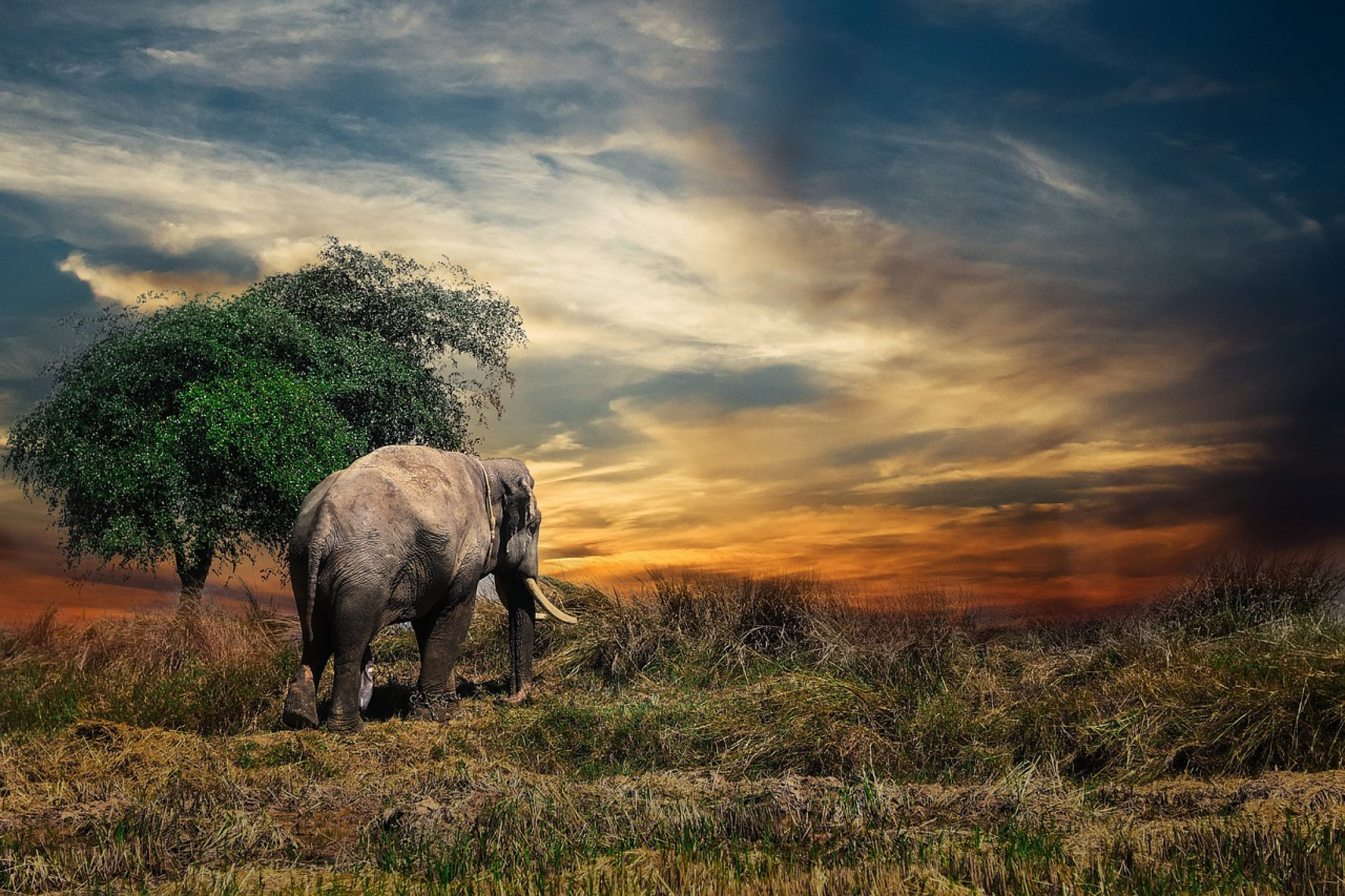Climate change poses one of the most significant threats to wildlife and ecosystems globally. As temperatures rise and weather patterns shift, many species are forced to adapt to rapidly changing conditions. This article explores how climate change affects wildlife populations and their habitats.
Rising temperatures can lead to habitat loss, particularly for species that depend on specific environmental conditions. For example, polar bears rely on sea ice for hunting seals, their primary food source. As the Arctic warms and ice melts, polar bears are forced to swim longer distances in search of food, leading to decreased survival rates. Similarly, coral reefs are experiencing bleaching due to rising ocean temperatures, threatening the marine species that depend on these ecosystems.
Changes in precipitation patterns also disrupt ecosystems. Some regions may experience more intense droughts, while others face increased flooding. These changes can alter the availability of food and water, making it difficult for wildlife to survive. Additionally, migratory patterns are shifting as animals seek suitable climates, which can lead to mismatches in breeding and food availability.
Conservation efforts must adapt to these challenges by focusing on climate resilience. This includes protecting and restoring habitats, implementing wildlife corridors to facilitate migration, and supporting research to understand and mitigate the effects of climate change on wildlife.


